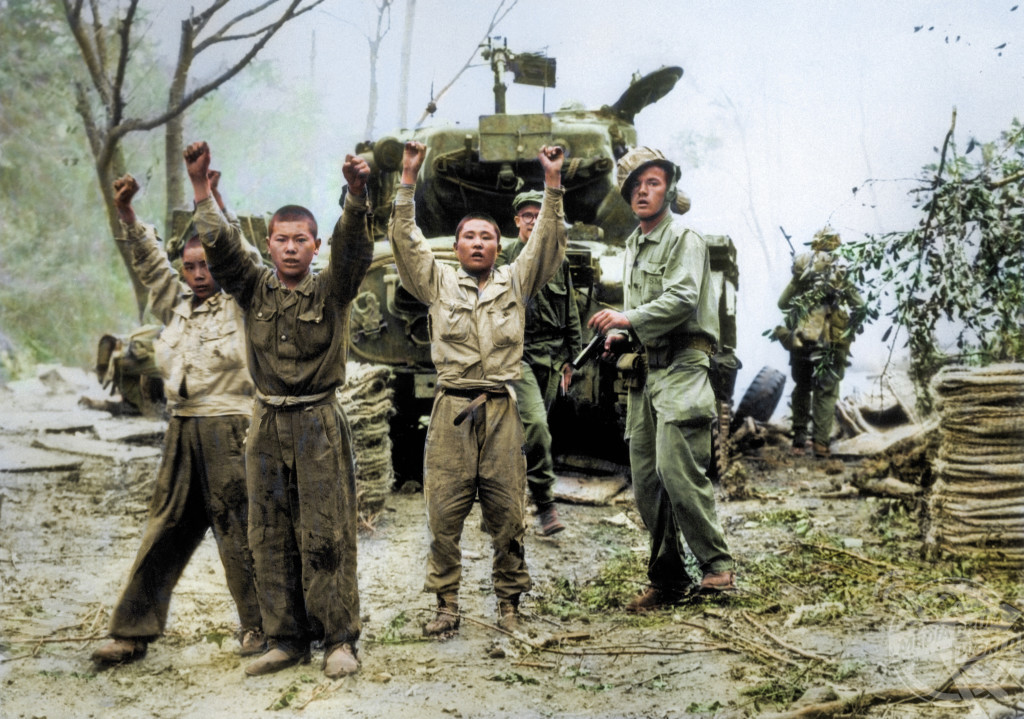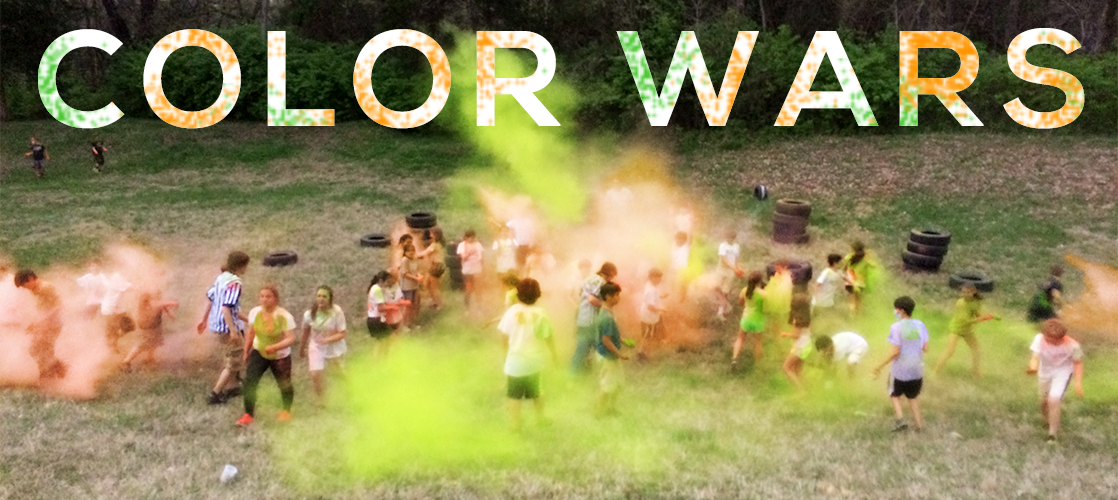
The war interrupted his new commercial art and illustration career, but during his service, he used his talents and precise technical knowledge of ships to document the war effort. During the First World War, Dawson enlisted in the British Royal Navy, serving on small ships like trawlers and minesweepers. In his wartime works, however, we see dozens of scenes of the war at sea painted with a near achromatic color palette, meaning a palette without color – blacks and whites. The Blockade of Cherbourg by the Tiny Motor Torpedo-Boats of the American and British Navies, Montague Dawson. “The Handmaiden of the Navy” Performing One of Her Many Wartime Tasks, Montague Dawson. They race through waves propelled forward, always by a brilliant wind that fills the sails. No, Dawson is famous for his brightly colored, glowing, nostalgic paintings of Clippers and other sailing ships of a bygone era. But not particularly his achromatic wartime works which seem to be largely excluded from publications on the artist. Johnson, and even the late Queen Elizabeth II.

Montague Dawson is perhaps one of the most famous maritime painters, with works in the private collections of presidents, Dwight D. The Beautiful Macquarie, Montague Dawson. A Departure from the Norm A Ship of Old, Montague Dawson. For Montague Dawson, this choice was a practical one, but nonetheless, a choice that affected the meaning and interpretation of his work. So what, then, does the absence of color tell us? For many artists, the choice to paint without color is a difficult one, made for a very intentional reason. The use of color is an important and meaningful choice for an artist to make in their work. Painting without Color Wintry Conditions in the Atlantic Are Only Now Drawing to a Close. It is the fifth winter of the Second World War. The very little light illuminating this scene is about to be behind the ship as it trudges forward into the frigid darkness.

It pushes this small ship to its limits despite its crew’s best efforts to chip away at the frosty mass. With every blast of the salty spray, the icy coating gets thicker and thicker. The icy wind swirls and howls as yet another wave breaks over the already frozen bow of this British Escort-Destroyer.

Wintry Conditions in the Atlantic Are Only Now Drawing to a Close.


 0 kommentar(er)
0 kommentar(er)
